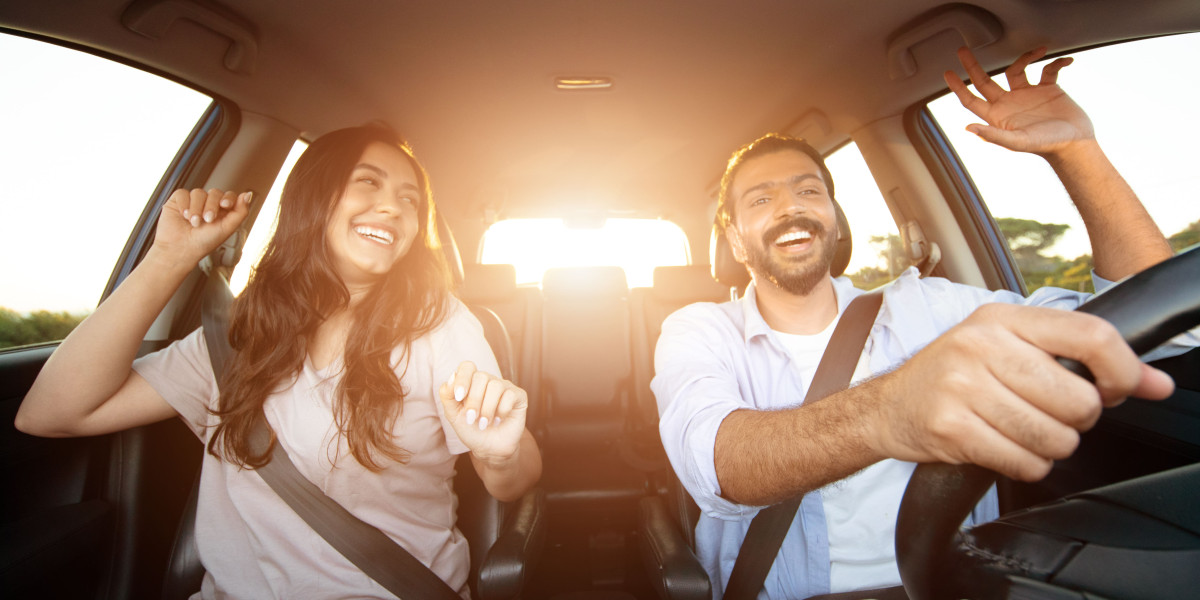
Understanding the UK Driver's License: A Comprehensive Guide
In the United Kingdom, getting a driver's license is a pivotal action towards self-reliance and movement. It is not just an entrance to personal flexibility however also a substantial responsibility. This article looks for to lay out the process of getting a driver's license in the UK, the various categories of licenses, and some crucial policies that drivers must adhere to.
Types of UK Driver's Licenses
Before diving into the application process, it is necessary to understand the various types of driver's licenses readily available in the UK. The primary categories are:
Provisional License: This is the initial step for anyone wanting to find out to drive. It permits the holder to practice driving while under the guidance of a qualified driver.
Complete License: Once the driving test has been effectively finished, the individual will receive a full driver's license, which permits them to drive separately.
Unique Licenses: There are unique licenses for particular automobiles such as motorcycles (Category A), buses (Category D), and trucks (Category C).
European Driving License: Though it stands out from the UK driver's license, the European driving license permits driving in lots of EU countries without the need for an additional license.
The Process of Obtaining a UK Driver's License
1. Request a Provisional License
To start the journey towards obtaining a driver's license, striving vehicle drivers must initially look for a provisional license. Here's how to do it:
- Eligibility: Applicants must be at least 15 years and 9 months old.
- Application: Individuals can apply online or through postal services by sending a brochure from the Driver and Vehicle Licensing Agency (DVLA).
- Fee: A charge is required for application (as of 2023, it's about ₤ 34 online and ₤ 43 via post).
- Identity Proof: Acceptable identification includes a passport or a biometric residence permit.
2. Prepare for the Theory Test
As soon as the provisional license is obtained, the next action is to prepare for the theory test, which evaluates a learner driver's understanding of road guidelines and threats. This includes:
- Multiple-Choice Questions: A series of concerns based on the Highway Code.
- Danger Perception Test: An assessment to identify prospective threats while driving utilizing video clips.
3. Take Driving Lessons
It is typically a good idea to take professional driving lessons from an Approved Driving Instructor (ADI). These lessons offer vital hands-on experience and knowledge about roadway security, as well as assisting learners become comfortable behind the wheel.
4. Schedule the Practical Driving Test
After passing the theory test and acquiring sufficient driving abilities, learners must book a practical driving test through the DVLA. The screening process typically includes:
- Driving Maneuvers: Candidates are examined on their ability to perform necessary driving methods such as parallel parking and emergency stops.
- Road Safety Compliance: Demonstration of compliance with roadway signs, signals, and rules.
5. Acquire a Full Driver's License
Upon success in the practical driving test, the candidate will receive a pass certificate which permits them to look for a complete driver's license. The DVLA will send out a complete license if all requirements have actually been satisfied.
Driving Regulations and Responsibilities in the UK
Once a complete driver's license has been acquired, it is essential for drivers to understand and follow the laws and regulations governing road use in the UK. Here are a few key obligations:
- Insurance: It is mandatory for all drivers license uk to have legitimate car insurance coverage before getting behind the wheel. This secures versus monetary loss from mishaps or theft.
- Road Tax: Vehicle excise task, frequently referred to as roadway tax, need to be paid every year.
- MOT Test: Cars older than three years must go through a yearly MOT (Ministry of Transport) test to guarantee their roadworthiness.
- Comply With Speed Limits: Each roadway has actually designated speed limitations that must be followed.
- Usage of Seatbelts: Wearing seat belts is mandatory for drivers and travelers.
Frequently Asked Questions about UK Driver's License
1. How long does it take to get a driver's license in the UK?
The time required to obtain a driver's license varies considerably in between individuals. Usually, students spend about 45 hours getting trained with an instructor, followed by an extra 22 hours of personal practice. After reserving tests, the processing of applications can also take a few weeks.
2. Can I drive with a provisional license?
Yes, you can drive with a provisionary license, but you should be accompanied by a driver who is at least 21 years old and holds a complete license for the type of lorry being driven.
3. What takes place if I fail my driving test?
If you fail your driving test, the examiner will provide feedback on locations for enhancement. You can retake the test, but it is generally recommended to take a couple of additional lessons to strengthen your skills before trying again.
4. Can I drive in the UK with an EU driving license?
Yes, EU driving licenses stand in the UK. However, those planning to stay in the UK for more than 12 months ought to think about exchanging their EU license for a UK one.

5. What do I need to do if I lose my driving license?
If your driving license is lost or stolen, you should report it to the DVLA and obtain a replacement. You will require to offer recognition and pay a charge.
Navigating the process of obtaining a driver's license in the UK can appear complicated, but comprehending each action simplifies the journey. From acquiring a provisional license to passing the practical test, each phase prepares for responsible driving and compliance with the laws governing road use. Always bear in mind that driving is a privilege that features obligations, and continued adherence to the policies ensures the safety of all road users.


